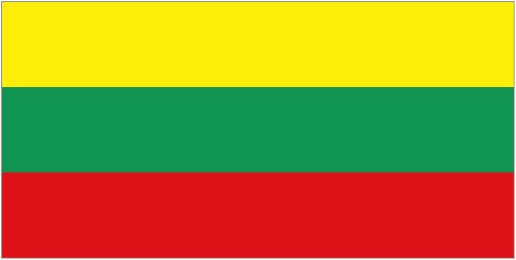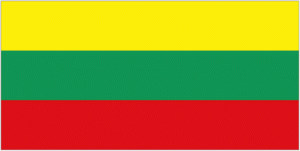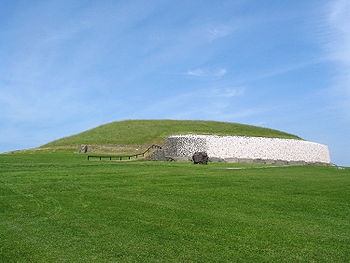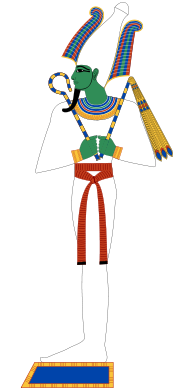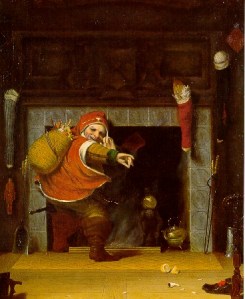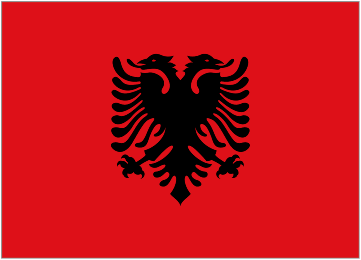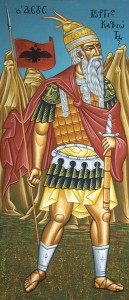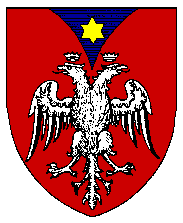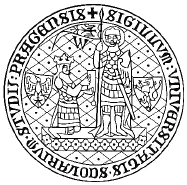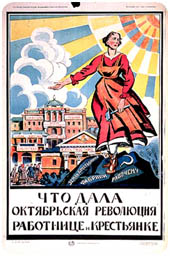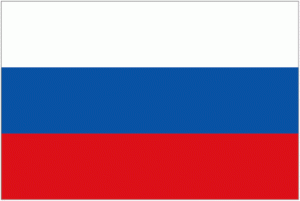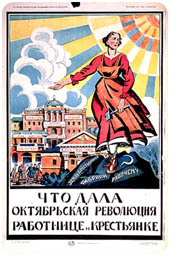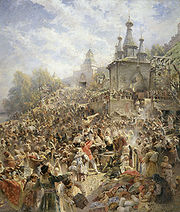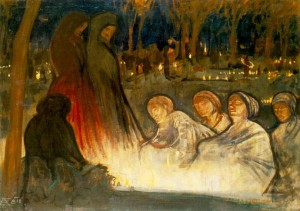January 13
“One of the most important battles in Europe’s modern history was fought and won in Vilnius 16 years ago.”
Carl Bildt, Swedish Foreign Affairs Minister, January 2007
In the late 1980’s a “Singing Revolution” swept through the Baltic States of Lithuania, Latvia and Estonia.
Thousands of citizens coalesced night after night in each of the republics to sing national songs that had been banned under the Soviet regime. (Latvia, Lithuania and Estonia, as well as half of Poland, had been annexed by the Soviet Union in accordance with a secret corollary of the Nazi-Soviet Pact between Adolf Hitler and Joseph Stalin a week before the outbreak of WWII.)
On the Pact’s 50th anniversary 2 million people participated in a human chain across the Baltic States to protest the occupation.
The Lithuanian Communist Party seceded from the Soviet Communist Party, and in its first free election Sajudis, the newly formed pro-independence party, won a majority. The Lithuanian Legislature declared its independence from the Soviet Union in March of 1990.
The leaders of the Soviet Union were not too keen on this. Soviet troops entered Vilnius on January 11th and seized control of strategic posts such as the Defense Department, railway office, and Press House.
Youtube: Soviet troops vs. unarmed Lithuanian civilians, January 13, 1991
By January 12th the news had spread through the country and throngs of Lithuanians gathered at the capital to protect other locations such as the Vilnius TV tower. In the wee hours of January 13th, Soviet tanks attacked the TV tower, plowing through crowds of unarmed people. Fourteen civilians were killed.
“a small TV studio from Kaunas came on air unexpectedly. A technician of the family program that usually broadcast from Kaunas once a week, was on the air, calling for anyone who could help to broadcast to the world in as many different languages as possible about the Soviet army and tanks killing unarmed people in Lithuania. Within an hour, the studio was filled with several university professors broadcasting in several languages. The small studio in Kaunas received a threatening phone call from the Soviet army division of Kaunas. By 4 in the morning this studio received the news that Swedish news station finally saw the broadcast and will be broadcasting the news to the world.”
At the 15th anniversary of the January 13th revolution, Arturas Paulauskas, Speaker of the Lithuanian Seimas said:
“In January 1991 there was no country in the world the people of which did not help us. Every uttered word defending our freedom at that time was an invaluable contribution into our victory, especially the words by the Russian people…Just the way they won here, in Vilnius, in January 1991. And here in Lithuania, and there in Riga, Tallinn, later in Kiev, other countries. Most importantly they won in Moscow: The country that attacked and enslaved no longer exists…
“FREE is stronger than FREER and stronger than the FREEST M. Gorbachev offered us to be FREER, but all we wanted was simply to be FREE.”
Paulauska’s final thoughts explained why the Lithuanian people must remember this relatively new holiday. Yet his speech echoed the sentiments of leaders throughout history as to why we celebrate holidays:
“It is a real joy to see young people…who were not yet born in January 1991…gathered at the fire and signing patriotic songs. However all this does not yet mean that this young generation knows what to do with freedom defended in 1991.
“Our generation still has to hand down to them Lithuania with alive spirit of freedom and true values. From hands to hands, from minds to minds, from hearts to hearts…Let us never forget this responsibility. In the name of those who were killed 15 years ago. And in the name of those still to come.”
Full text here.
Also see Lithuanian Independence Day – February 16

